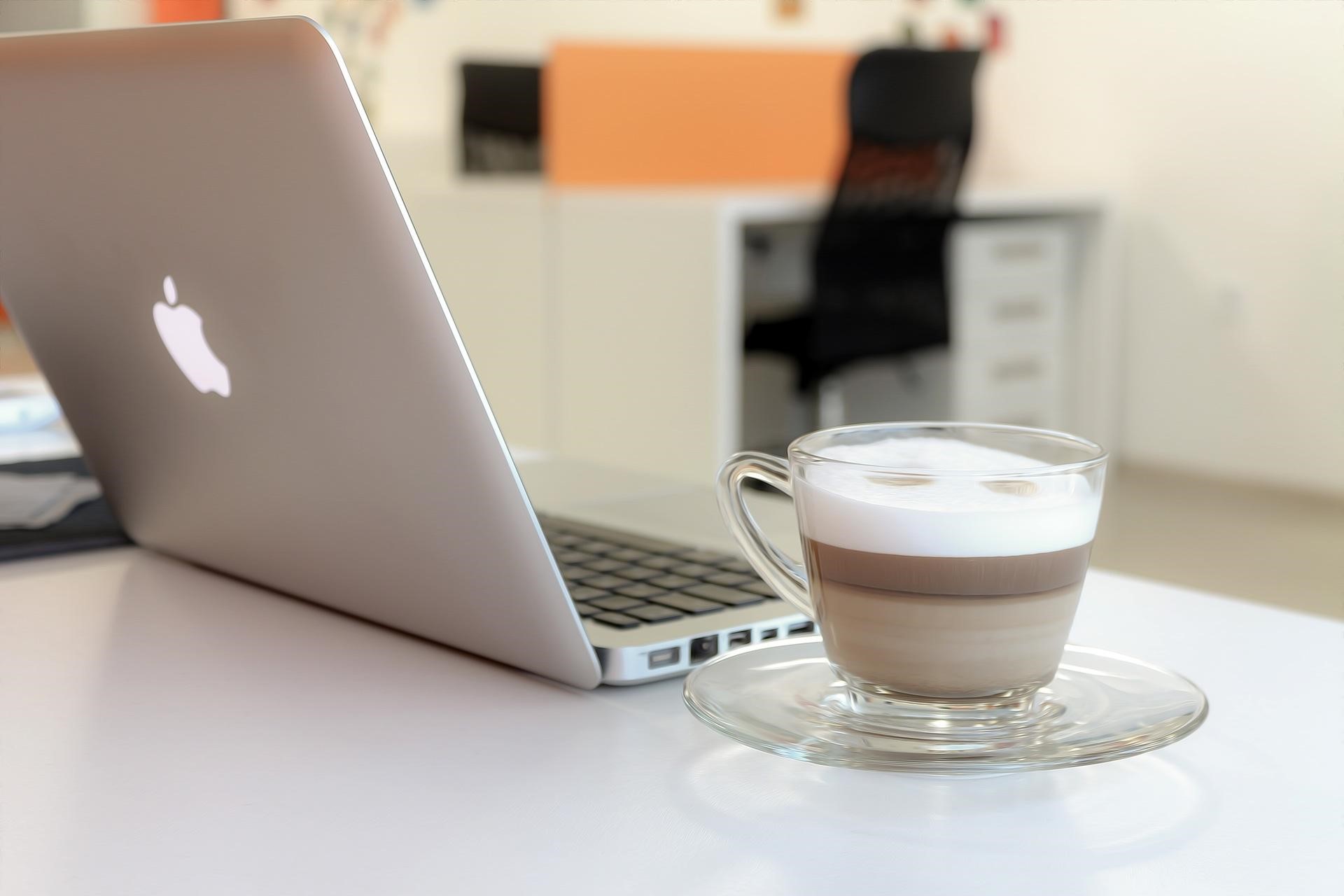There are days when you notice that your Macbook is not performing the way it did in the beginning. And frequent stuttering, as well as other problems, can get on one’s nerves quite quickly. If the situation is not changing for the better, it can escalate and reach a point where it becomes almost impossible to use the computer.
Do not wait before the worst happens. Become proactive and take some steps to salvage the situation. The suggestions below ought to be enough to improve the performance of your Mac.
Suggestion #1 – Clean the Filth Inside
Dust and dirt inside the computer can lead to a lot of problems. And removing it from a laptop is a lot harder because you have to take everything apart carefully. Thus, it is natural that most people do not even attempt the procedure themselves and take their computer to a service store.
If you notice overheating or loud noises from the internal fans, it is more than likely that there is too much filth. Do not wait and remove it at your earliest convenience.
As a side note, if you are having problems with maintaining optimal temperature levels, consider a cooling pad. The accessory does not cost that much. It can be a good investment.
Suggestion #2 – Free up Hard Drive Space
If you lack hard drive space, it is understandable why the computer is underperforming. Macbooks do not offer that much storage. Once you start using this computer, you will discover how much of a problem it can be to fit every file on the computer.
Of course, the situation will improve once you become familiar with the change. But overall, you will need to adjust your file management strategy.
Start with removing junk like temporary backups, caches, old downloads, email attachments, language pack files, and useless applications on a regular basis. Transferring some files to external storage devices or cloud-based services would also help. Lastly, there are multiple streaming services that would eliminate the need to keep large media files on the computer.
Suggestion #3 – Monitor Background Applications
Look at the Activity Monitor to get a better understanding of what processes are consuming the most resources. Your computer does not have infinite memory, for example. If there are redundant applications that are running in the background when you do not need them, closing them down is what you should do.
Find out which applications you can delete from the system completely. Some are integral to the computer, but if you see a few that are replaceable or not necessary at all, do not hesitate and put them in the Trash Bin.
Suggestion #4 – Install System Updates
New system updates for macOS and any application you use should be installed as soon as possible. Such updates introduce security improvements on top of the overall stability and performance. So whenever you see that there is a new version out, do not hesitate and click on the “update” button.
Suggestion #5 – Disable Visual Effects
Disabling visual effects should be one of the first things you want to do. They might seem like a good addition, thanks to aesthetic look improvements, but you are better off not having them enabled in the first place. Save yourself some battery life as well as other system resources by getting rid of visual effects.
Suggestion #6 – Optimize Your Internet Browser
Internet browsers could cause the most problems. While the system itself is performing without any hiccups, it is common to experience issues when surfing the net.
Some users take things too far with extensions and add-ons. Check what you have installed and remove any extensions that are not necessary.
Keeping the number of open browser tabs to one also helps. Even if a tab is idle, it will still consume memory and other resources. You can try multiple different browsers as there are quite a few available alternatives. Though make sure to find out if you can transfer bookmarks and other data from your original browser to the one you consider using.
Lastly, spending time online while via virtual private networks could also be something that improves your experience.
Suggestion #7 – Declutter the Desktop
Desktop clutter puts a strain on the system’s performance by quite a bit. Every icon on Mac’s desktop is taking resources. It might seem convenient to have access to files immediately, but a cluttered desktop is not worth it.
Your performance will increase significantly. It will also do wonders for when you are restarting the computer to stop memory leaks.
Suggestion #8 – Trim up Startup Item List
As mentioned in the last paragraph, memory leaks are something you want to deal with. And the simplest solution to this problem is regular computer restarts.
However, if you have multiple startup applications active, waiting for them to load after each restart can be pretty annoying. Trim the startup item menu in the settings.







